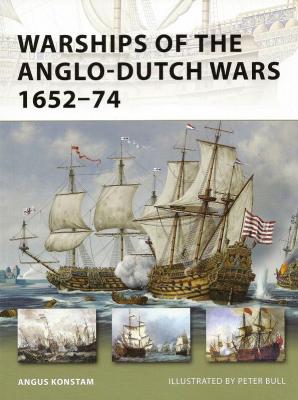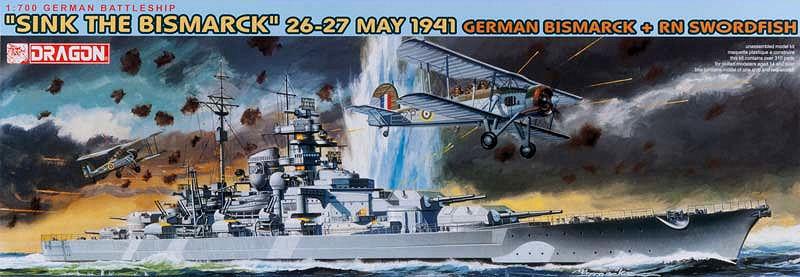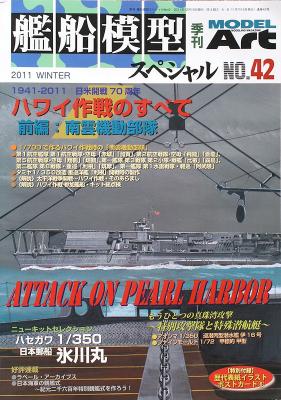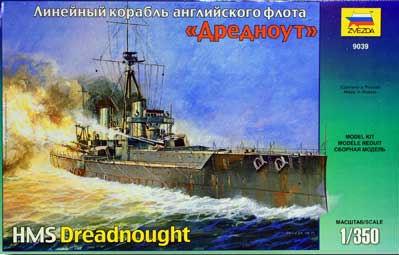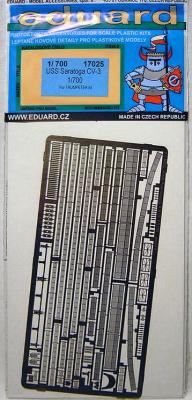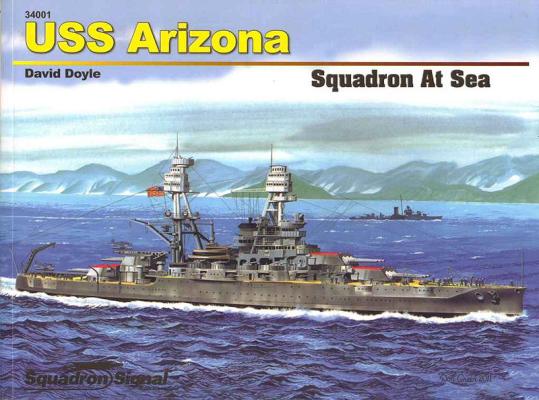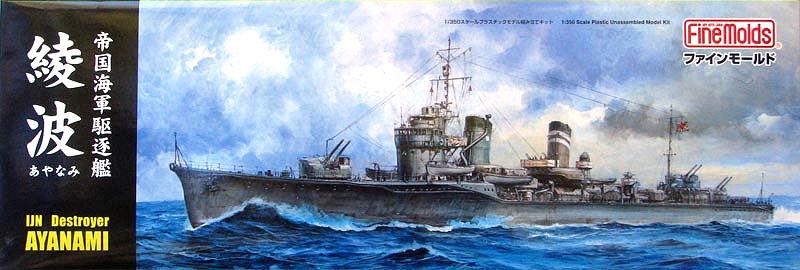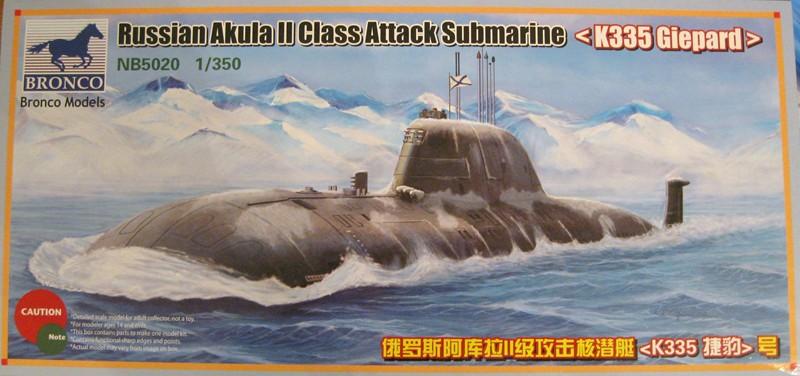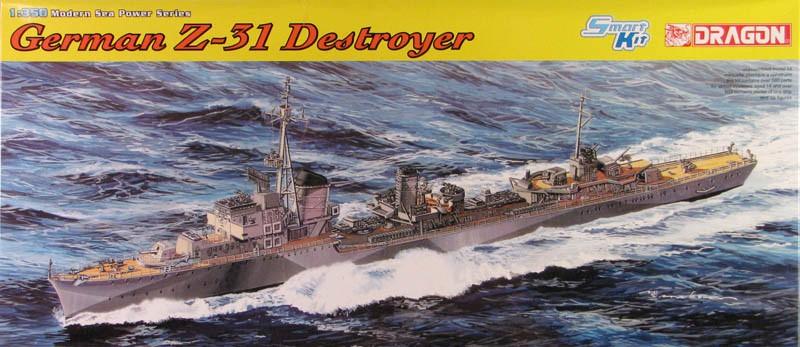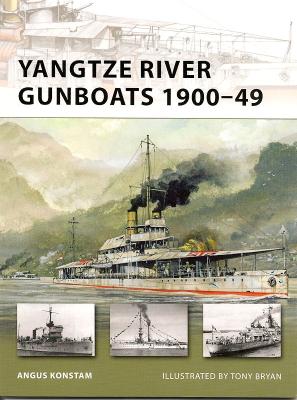In the 17th and 18th centuries, the Dutch and the English were both great maritime nations. Their trade routes were far reaching and their trading companies rich and powerful. It was inevitable that a conflict would arise between them. In a series of three wars called the Anglo-Dutch Wars, the two countries fought for naval supremacy and for control of the seas and trading rights. A little political intrigue was mixed in just to make it interesting.
The first war, caused by commercial rivalry, took place from 1652-1654 during the time of English parliamentary and military rule by Oliver Cromwell, Lord Protector. Cromwell eventually decided that the two Puritan nations should be allies instead of antagonists and opened negotiations for peace.

